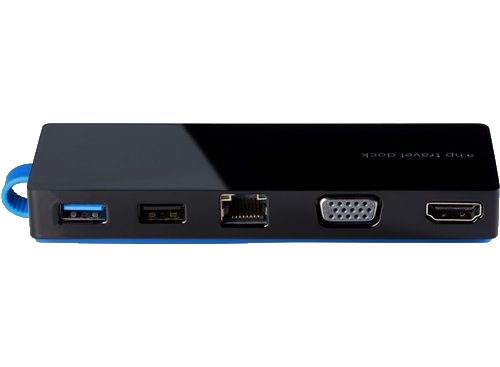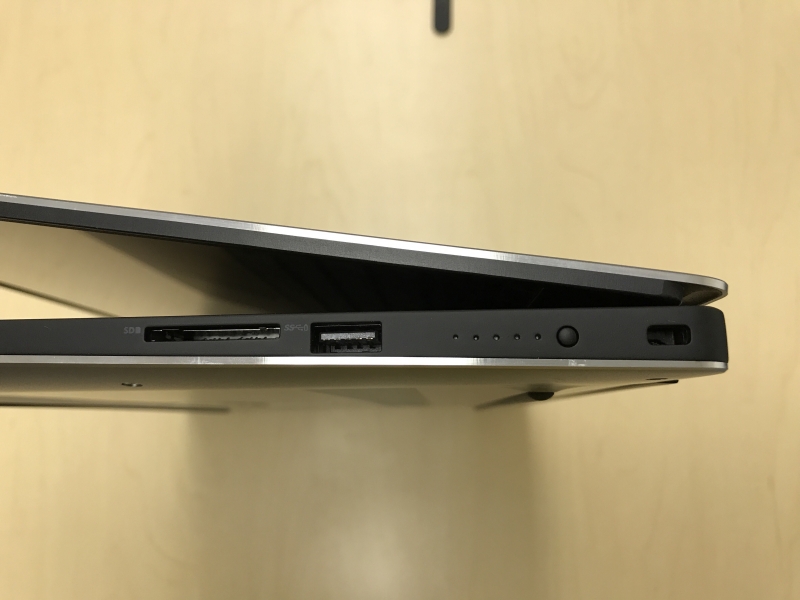3
Compatible ProductsChargers and Power Banks
Headphone & Speakers
Cases & Covers
Virtual Reality
Cables & Adapters
Media Player
Laptop
Tablet
Desktop
Cell Phone
Printers & Copiers
Memory Cards
TV
Computer Display
Game Console
Smart Home
Wearable Technology
Photo & Video Camera
Car Electronics
Car
Networking Equipment
Smart Toys
Home Audio & Video
Professional & Industrial
Storage Drive
Docking Station
Game Console Controllers
Set-top box
Keyboard, Mice, & Stylus
Portable Music Player
Computer Parts & Components
Cordless & Speakerphones
Projector
Software
Reporting
Dell XPS 15 9560
by Dell Inc.







Interested in this product?

Select a product category to see which devices type we recommend to use with the Dell XPS 15 9560:

Dell Powers Up Its 2017 XPS 15 Notebook with Intel Kaby Lake Processor and Thunderbolt 3
If you already own a Dell XPS 15 (9550) notebook but need more power for gaming, casual, or professional use, you might want to consider getting the new Dell XPS 15 (2017) (9560) model supporting the latest 7th Generation (Kaby Lake) Intel Core processor. The Dell XPS 15 (2017) also comes with the higher end NVIDIA GeForce GTX 1050 graphics which would come in useful for hardcore gaming.
Like the older XPS model, the Dell XPS 15 (2017) has a single USB Type-C port supporting Thunderbolt 3, USB 3.1 Gen 2, USB Power Delivery, and DisplayPort 1.2. Besides Thunderbolt, the newer XPS also provides the same interfaces including USB 3.1 Gen 1 (5 Gb/s) Type-A and HDMI 1.4.
The Dell XPS 15 (2017) offers basically the same look and feel as the earlier XPS 15, with a 15.6 inch InfinityEdge display and a full size keyboard and 1.3 mm touchpad.
The Dell XPS 15 (2017) includes a single Thunderbolt 3 enabled USB Type-C connector supporting Thunderbolt 3 (10 Gb/s), USB 3.1 Gen 2 (10 Gb/s), DisplayPort 1.2 to connect with 4K@60Hz displays, and uses USB Power Delivery to charge USB Type-C devices. The other neighboring interfaces consist of a power connector, USB 3.1 Gen 1 (5 Gb/s) Type-A, HDMI 1.4, and 3.5 mm audio port.
Besides USB Type-C, you can also use the HDMI connector to connect the Dell XPS 15 (2017) to an external display. With HDMI 1.4, you can directly connect to any monitor or TV supporting HDMI. But if you want higher resolutions (e.g. 4K@60Hz), you can use the Dell XPS 15 (2017)'s USB Type-C port.
Similar to the previous Dell XPS 15, the Dell XPS 15 (2017) also uses a conventional AC power adapter (130 watts) to power the notebook instead of the USB Type-C port. However, if you are not using the USB Type-C port, you can also use the USB Type-C port to power the PC from a USB Type-C source (like another PC or power adapter).

The Dell XPS 15 (2017) also provides another USB 3.1 Gen 1 (5 Gb/s) Type-A port as well as a battery gage button and indicator and SD (UHS-I) card and Kensington lock slots.
For this Type-A port as well as the Type-C port, Dell has labeled them as PowerShare capable meaning that they can charge supported downstream devices even if the Dell XPS 15 (2017) is turned off or in hibernate mode. Note the Dell XPS 15 (2017) needs to have the AC adapter plugged in and PowerShare needs to be enabled in the notebook's BIOS settings.

Overall the Dell XPS 15 (2017) is a good choice for those looking for an affordable notebook but also comes with the latest connectivity technologies.
We'll be doing a series of reviews next to see how well the Dell XPS 15 (2017) performs with various Thunderbolt 3 peripherals.
View Full Article
Featured Products
 GTrusted
GTrusted



































